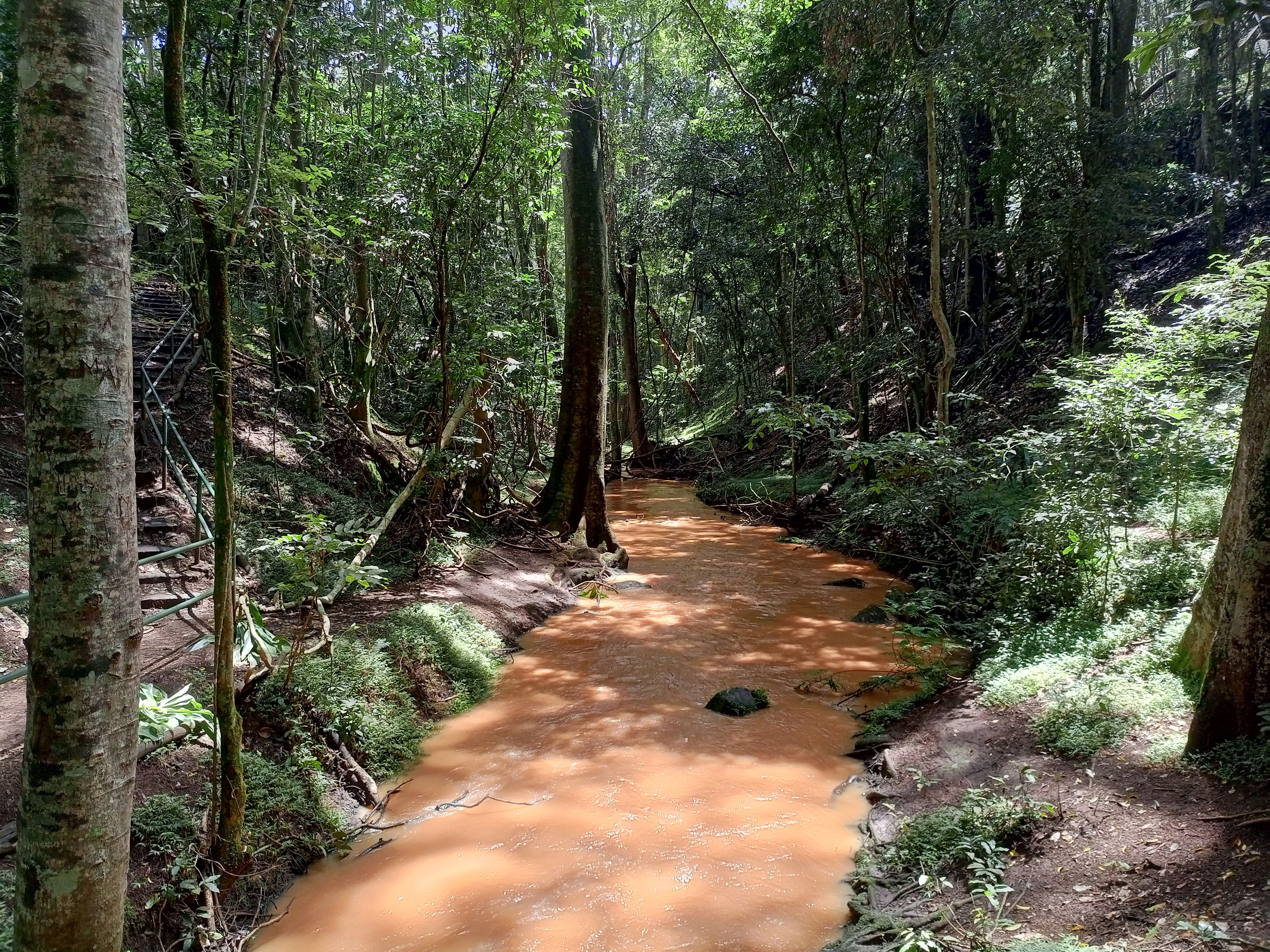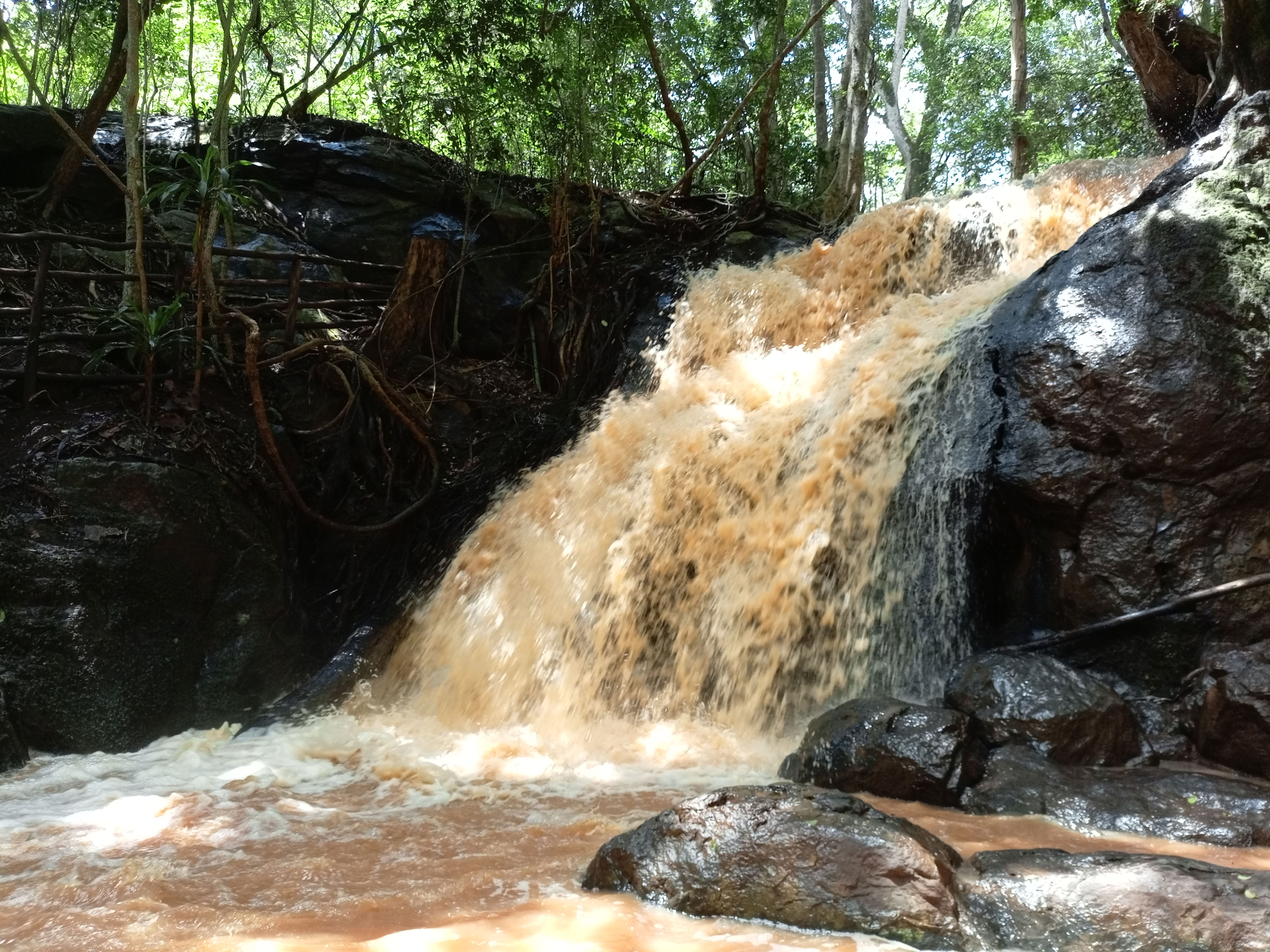Lost in Karura Forest: Exploring the Wild Side of Nairobi
A walk in the forest is one of my favorite activities. On this memorable day, I entered Karura Forest through Gate C. Also known as “Sharks Gate,” this entrance is used by visitors who approach the forest through Kiambu Road. Shortly after crossing into the reserve, the city’s noise faded, replaced by birdsong and the gentle rustle of leaves.
I began my stroll along the Wangari Maathai Track, a trail named after the Nobel laureate whose tireless activism helped save this forest from destruction. Walking here felt symbolic, a reminder that Karura isn’t just a park—it’s a living monument to conservation and resilience.
After veering off the track, I made my way to the caves. These dark chambers once served as hideouts for Mau Mau freedom fighters. While in the caves, I felt the weight of history pressing softly against the walls. The caves, along with the forest’s indigenous trees—figs, crotons, and African olives—make Karura a place where nature and history coexist seamlessly.

Karura River
From the caves, I followed a narrow trail alongside Karura River—its gentle flow guiding me onward. The path eventually led me to the waterfall, where water cascaded over a 15-meter drop, sending up mist that shimmered in the morning light. I paused at the base, soaking in the steady roar of the falls and the serene energy of the forest around me.
It was hard to believe I was still in Nairobi. Just the day before, I had enjoyed a game drive in Nairobi National Park. The contrast was remarkable—savannah and wildlife one day, forest trails and waterfalls the next—all within the capital of Kenya.
Karura Forest covers an area of approximately 1,000 hectares. It is one of the largest urban forests in the world. Karura is home to over 200 bird species, bushbucks, duikers, monkeys, and a variety of reptiles. Visitors can enjoy walking, running, cycling, birdwatching, and picnics, making it a favorite urban retreat for both locals and tourists. The forest’s historic Mau Mau caves, picturesque waterfall, and quiet spots along the river make every visit both relaxing and educational.

Karura Falls
As I left Karura Forest that day, I carried with me more than just memories of trails and cascading falls. I had walked through history, breathed in the resilience of nature, and witnessed how a city can still hold space for silence, reflection, and wild beauty. Karura is more than Nairobi's lung—it's a sanctuary, a storybook, and an epitome of environmental stewardship.